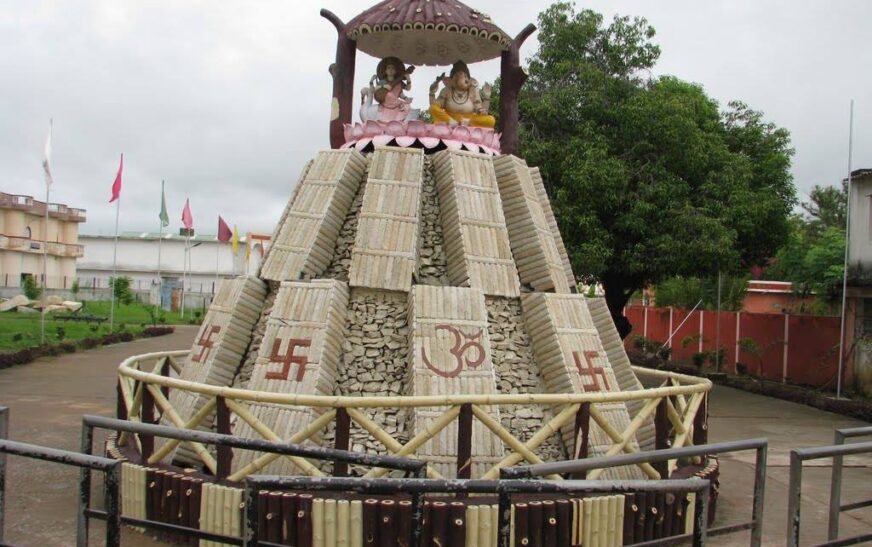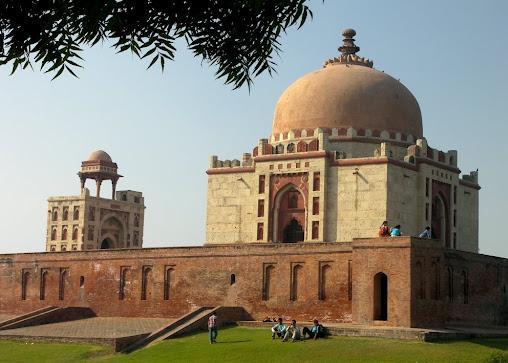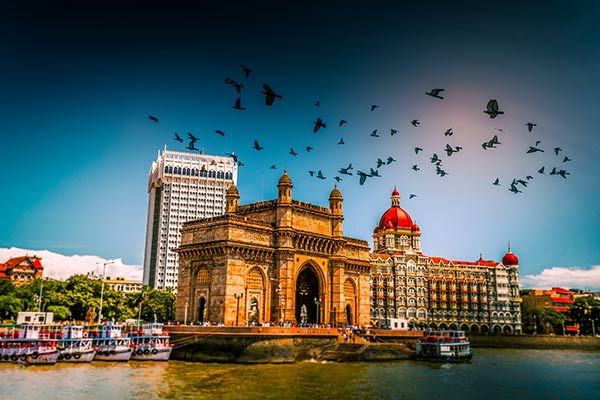Mau, Uttar Pradesh City Guide: Where To Go, Stay, Eat, And shop in India’s best city. [Updated-2025]
![Mau, Uttar Pradesh City Guide: Where To Go, Stay, Eat, And shop in India’s best city. [Updated-2025]](https://traveloinfo.com/wp-content/uploads/2025/02/Mau-Uttar-Pradesh.jpg)
Mau, Uttar Pradesh City Guide: Where To Go, Stay, Eat, And shop in India’s best city.
Mau, also known as Maunath Bhanjan, is a city located in the eastern part of the Indian state of Uttar Pradesh. It serves as the administrative headquarters of the Mau district and is situated on the banks of the Tons River, a tributary of the Ganges. Mau is known for its historical significance, textile industry, and cultural heritage. The city is often referred to as the “Textile City of Uttar Pradesh” due to its thriving handloom and power loom industry.
Key Features of Mau:
- Historical Significance:
- Mau has a rich history dating back to ancient times. It was part of the Varanasi Kingdom and later ruled by various dynasties, including the Mughals and British.
- The city played a significant role during the Indian independence movement and was a center of activism against British rule.
- Mau was officially declared a district in 1988, separating it from the Azamgarh district.
- Textile Industry:
- Mau is renowned for its textile industry, particularly the production of sarees and dress materials. The city is famous for its handloom and power loom products, which are exported across India and internationally.
- The Mau Textile Park is a major industrial hub, promoting the growth of the textile sector and providing employment to thousands of people.
- Cultural and Religious Sites:
- Maa Kali Mandir: A prominent temple dedicated to Goddess Kali, located in the heart of the city. It is a major pilgrimage site and attracts devotees from across the region.
- Jama Masjid: A historic mosque built during the Mughal era, known for its architectural beauty and spiritual significance.
- Shri Radha Krishna Temple: A popular temple dedicated to Lord Krishna and Radha, reflecting the city’s religious diversity.
- Tons River: The river flows near Mau, offering a serene environment for picnics and outdoor activities.
- Economy:
- Mau’s economy is primarily driven by the textile industry, which is the backbone of the city’s economy.
- Agriculture also plays a significant role, with crops like rice, wheat, and sugarcane being major contributors.
- Small-scale industries, including agro-based industries and handicrafts, are also prominent.
- Education and Healthcare:
- Mau is home to several educational institutions, including Government Degree College and Maharana Pratap Education Center.
- The city has a network of schools, colleges, and vocational training centers.
- Healthcare facilities include hospitals, clinics, and diagnostic centers.
- Transportation:
- Mau is well-connected by road and rail. The Mau Junction Railway Station is a major stop on the railway network.
- The city is accessible via National Highway 24 (NH 24) and other state highways.
- The nearest airport is Lal Bahadur Shastri International Airport in Varanasi, located about 80 kilometers away.
- Festivals and Culture:
- Mau celebrates festivals such as Diwali, Holi, Eid, and Durga Puja with great enthusiasm.
- The city is known for its vibrant culture, including traditional Bhojpuri folk music, dance, and art forms.
- The local cuisine includes traditional Bhojpuri dishes like litti chokha, baingan ka bharta, and malai kofta.
- Natural Attractions:
- Tons River: The river flows near Mau, offering a serene environment for picnics and outdoor activities.
- Chandrika Devi Temple: A scenic temple located on the banks of the Tons River, known for its spiritual significance and natural beauty.
Challenges:
- Mau faces challenges such as urbanization, environmental pollution, and the need for better infrastructure.
- Efforts are being made to promote sustainable development and preserve the city’s cultural heritage.
Mau is a city that beautifully blends history, culture, and industrial growth. Whether you’re exploring its historical sites, experiencing its vibrant festivals, or learning about its textile industry, Mau offers a unique and enriching experience for visitors. It remains a vital center of Uttar Pradesh’s economic and cultural landscape.




![Bangalore, Karnataka City Guide: Where To Go, Stay, Eat, And shop in India’s best city. [Updated-2025]](https://traveloinfo.com/wp-content/uploads/2025/02/bangaloref.jpg)
![Hyderabad, Telangana City Guide: Where To Go, Stay, Eat, And shop in India’s best city. [Updated-2025]](https://traveloinfo.com/wp-content/uploads/2025/02/hydrabad1.jpg)
![Ahmedabad, Gujarat City Guide: Where To Go, Stay, Eat, And shop in India’s best city. [Updated-2025]](https://traveloinfo.com/wp-content/uploads/2025/02/ahemadabad1.jpg)